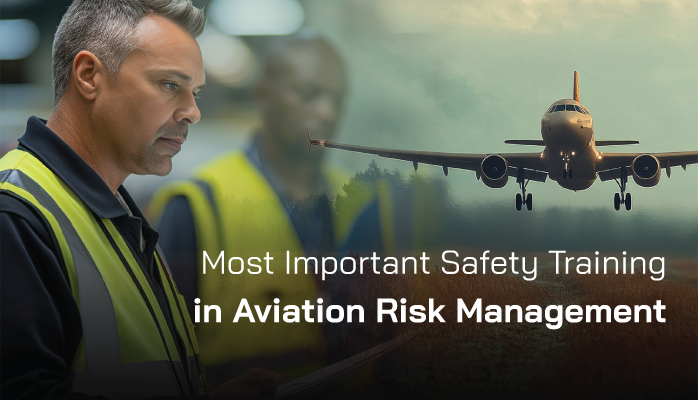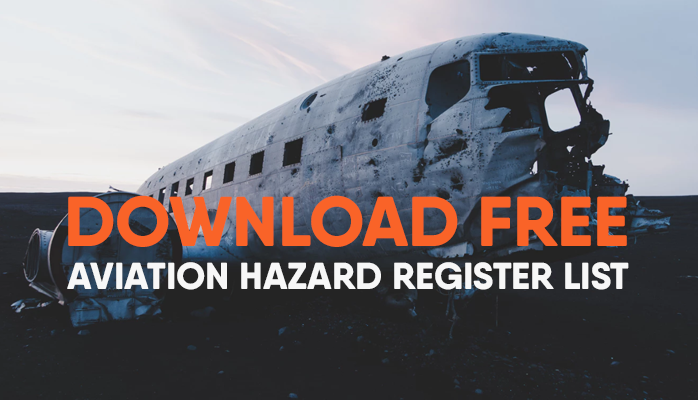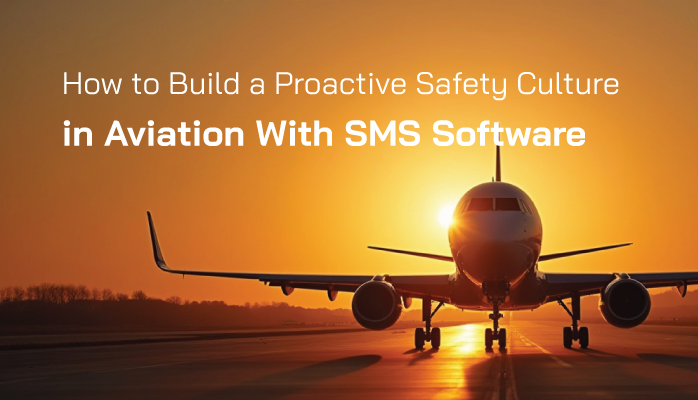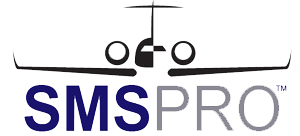In aviation, where safety is paramount, a robust Safety Management System (SMS) is the cornerstone of risk management. For aviation safety managers and accountable executives—senior leaders responsible for SMS oversight—promoting SMS across an organization can be challenging, especially when training staff on complex concepts.
New safety managers often struggle to engage employees and foster a safety-first culture, while executives need practical ways to demonstrate leadership and compliance with standards set by the International Civil Aviation Organization (ICAO) and national authorities like the FAA or EASA.
Read More
Topics:
4-Safety Promotion
Training Employees for SMS Compliance
Training your aviation team for Safety Management System (SMS) compliance can feel like navigating a storm. With time constraints, varying skill levels, and strict regulatory requirements from the FAA, EASA, and ICAO, the process can overwhelm even the most seasoned safety managers. But it doesn’t have to. By leveraging user-friendly tools like SMS Pro’s embedded training videos and Global Safety Training Portal, you can streamline aviation SMS training and empower your team without the stress.
Read More
Topics:
Aviation SMS Database,
4-Safety Promotion,
Risk Management Software,
Risk Management Training
A robust Safety Management System (SMS) is essential for managing risks and preventing incidents. For aviation safety managers and accountable executives—senior leaders responsible for SMS oversight—fostering a strong safety culture is a critical goal.
A Hazard Risk Register, a centralized tool for documenting and managing hazards, plays a pivotal role in achieving this by encouraging proactive hazard reporting, boosting staff engagement, and reinforcing a safety-first mindset.
Read More
Topics:
4-Safety Promotion,
2-Safety Risk Management,
Risk Management Training,
Safety Culture
For aviation safety managers, training employees on Safety Management System (SMS) concepts is a critical yet challenging task. Within the high-stakes environment of aviation safety risk management, ensuring that staff understand hazard reporting, risk management, and just culture is essential for preventing incidents and maintaining compliance with standards set by the International Civil Aviation Organization (ICAO) and national civil aviation authorities like the FAA or EASA.
New safety managers often struggle to know where to start, as these concepts can seem abstract or complex to frontline workers like pilots, ground crew, or maintenance staff.
Read More
Topics:
4-Safety Promotion,
2-Safety Risk Management,
Risk Management Training
A robust Safety Management System (SMS) is the backbone of any organization striving to maintain operational excellence and protect lives.
For aviation safety managers and accountable executives, understanding the four pillars of SMS—Safety Policy, Safety Risk Management, Safety Assurance, and Safety Promotion—is critical to fostering a proactive safety culture and ensuring compliance with global standards like those set by the International Civil Aviation Organization (ICAO).
Read More
Topics:
4-Safety Promotion,
3-Safety Assurance,
1-Safety Policy,
2-Safety Risk Management
Proactive Safety Cultures in Aviation
A proactive aviation safety culture ensures that risks are identified and mitigated before they escalate into incidents. By leveraging Safety Management System (SMS) software like SMS Pro, aviation organizations can foster a culture of transparency, accountability, and continuous improvement.
Read More
Topics:
4-Safety Promotion,
Safety Culture
A robust Safety Management System (SMS) is critical for managing risks and ensuring compliance with global and national regulations. For aviation safety managers and accountable executives—senior leaders responsible for SMS oversight—the Hazard Register is a cornerstone tool for systematically tracking and mitigating hazards.
Establishing a regulatory compliant framework for the Hazard Register is essential to meet standards set by the International Civil Aviation Organization (ICAO) Annex 19 and national civil aviation authorities like the FAA (Part 5) or EASA, while fostering a proactive safety culture.
Read More
Topics:
Aviation SMS Database,
4-Safety Promotion,
Risk Management Software,
2-Safety Risk Management
Setting Aviation Safety Goals for Compliance
Setting safety goals and objectives in an aviation Safety Management System (SMS) manual, as outlined in TOC 1.6, is essential for driving continuous improvement and ensuring compliance with International Civil Aviation Organization (ICAO), Federal Aviation Administration (FAA), and European Union Aviation Safety Agency (EASA) standards.
These goals guide organizations in measuring safety performance, reducing risks, and fostering a proactive safety culture.
Read More
Topics:
Aviation SMS Implementation,
4-Safety Promotion,
1-Safety Policy,
Risk Management Training
Aviation safety hinges on proactive risk management, and Safety Management Systems (SMS) provide the framework to achieve this. Within the aviation SMS ecosystem, two voluntary programs—Flight Operational Quality Assurance (FOQA) and Aviation Safety Action Program (ASAP)—play pivotal roles in enhancing safety.
These programs, widely adopted in the U.S. under the Federal Aviation Administration (FAA) and aligned with global standards like those of the International Civil Aviation Organization (ICAO), offer unique approaches to hazard identification and risk mitigation.
Read More
Topics:
4-Safety Promotion,
3-Safety Assurance,
2-Safety Risk Management,
Risk Management Training,
FAA Compliance
In the fast-paced world of aviation, ensuring safety is paramount. The aviation Safety Management System (SMS) has emerged as a critical tool for managing safety risks systematically, helping organizations proactively identify hazards and mitigate risks.
Three key regulatory bodies—the International Civil Aviation Organization (ICAO), the Federal Aviation Administration (FAA), and the European Union Aviation Safety Agency (EASA)—each provide SMS standards that guide aviation safety practices. While these standards share a common goal of enhancing safety, they differ in their approach, applicability, and specific requirements.
Read More
Topics:
4-Safety Promotion,
3-Safety Assurance,
1-Safety Policy,
2-Safety Risk Management,
FAA Compliance












